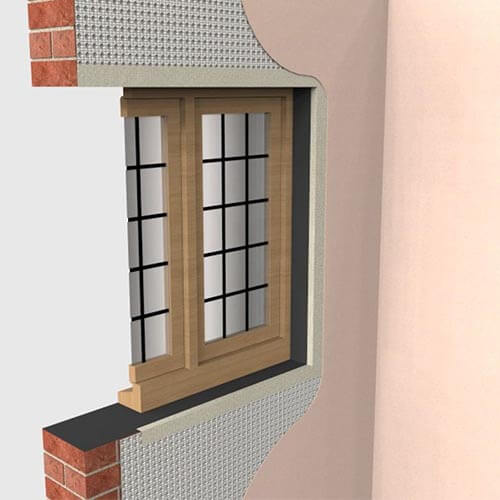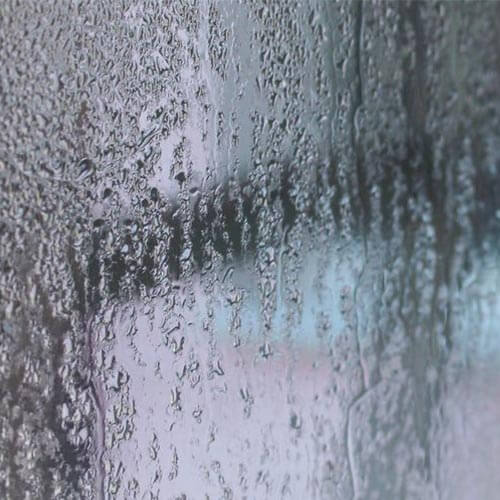01732 360 095
Rising damp is a common problem. If left untreated it can become serious. Rising damp to the walls of habitable rooms will require treatment. When left untreated it can cause:
- Spoiling of internal finishes
- Freeze/thaw damage to the building fabric
- A reduction of the thermal properties of the structure
- Increased levels of air humidity
- Increased risk of condensation
- Black mould
- Negative health effects for occupants
What Causes Rising Damp?
Nearly all building materials are porous. Where these materials are on contact with a source of moisture, such as the damp ground at the base of walls, moisture within the ground enters the porosity of these materials, and because water has a surface tension, the moisture within the ground is able to climb upwards into the wall due to a phenomenon called capillary action.
The height moisture can rise within the wall is dictated by several factors. These include:
- Wall thickness
- Porosity and type of the building material
- Level of soil saturation
- Rate of evaporation
In the UK, with standard wall construction, rising damp will generally rise to about 1m to 1.2m above ground level, but with thicker stone walls such as sandstone, rising damp may be seen at 1.5m or sometimes even higher.
Hygroscopic Salts?
Water within the ground dissolves some the readily soluble elements within the soil such as calcium, nitrogen, phosphorus, potassium, and sulphur, which are held in suspension as the water rises within the wall. These elements are left behind during the evaporation process and over time significant amounts can be held within the porosity of the wall materials, often showing as surface efflorescence, commonly referred to as salts or salting. As with table salt, these salty elements are moisture-attracting (hygroscopic) and so even if the ground water source is stemmed, the wall may still be damp due to the salts attracting moisture held within the air (humidity).
Efflorescence or salting can build between the wall and the wall finishes, such as plaster or render, where they expand during the process of crystallisation, which will lead to failure of these finishes, manifesting as delamination, cracking or crumbling of these materials.
Even if the source of ground moisture is isolated from the wall, effectively stopping rising damp, contaminated plaster and render will need to be removed.
How To Treat Rising Damp?
1. Stopping the Rising Moisture at its Source
With new structures, the wall will include a physical barrier in the form of a damp-proof-course (DPC), such as Newton 809-DPC. However, installing a new physical DPC into an existing structure is expensive and impractical in most situations. An alternative solution is therefore required.
Injected damp-proof-courses are the most practical and cost-effective method of inserting a DPC into an existing wall. Injected into the mortar bed, the chemical diffuses into the mortar to form an effective barrier to rising moisture. Most Newton registered contractors (NSBC) are skilled in the injection of chemical DPCs.
2. Reinstating Plaster or Render
Although the new DPC is almost immediately effective, hygroscopic salts may still reside within the wall fabric, and as discussed above, they attract humidity held within the air and the wall will still be damp. Protecting the wall finishes will require removal of the contaminated plaster or render.
Protecting the wall finishes with a Membrane
Often, the most effective solutions use a combination of products. For example, the use of a barrier membrane such as Newtonite Lath allows for wall finishes to be applied and even where the wall is contaminated by ground salting and can be used in conjunction with injected DPCs. This is useful when the wait time for the wall to dry out is not practical.
In some situations, it may not be possible, practical, or recommended to inject a chemical DPC. A wall membrane such as Newtonite Lath may be the only solution available.

Newtonite Lath features a meshed surface that provides a mechanical key, allowing for the direct application of plasters and renders and plasterboard using a dabbing compound.
Whether a DPC has been successfully installed or not, Newtonite Lath will isolate and protect the internal finishes from capillary held dampness and the damaging effects of crystallising effloresce.
Customer Success Stories
Our latest customer reviews from Feefo - the award winning review platform

Speak to our friendly, expert team
Our staff are able to provide guidance for projects of all sizes, whether you require some general advice about damp or waterproofing, or support with technical drawings and specifications.




















